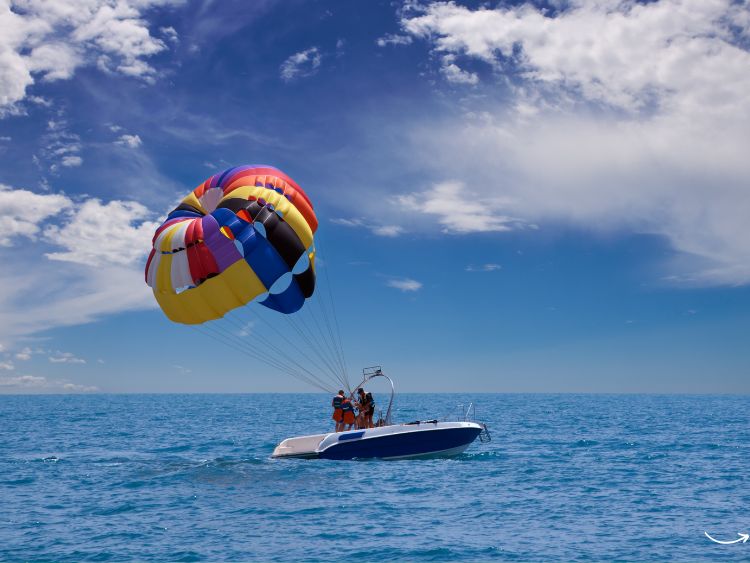Why Sports Gear Matters
Whether you’re a weekend warrior or a seasoned athlete, the right sports gear can make or break your performance. Imagine heading out to a soccer match in shoes that pinch or running a marathon without proper hydration gear—yikes! Sports gear isn’t just about looking the part; it’s about ensuring comfort, safety, and optimal performance. So, let’s dive into the essentials and discover what you need to up your game.
The Essentials: What Is Sports Gear?
Sports gear refers to any equipment, clothing, or accessories that support you during physical activities. From running shoes to tennis rackets, every piece of gear is designed with a specific purpose in mind. Here’s a breakdown of the essentials:
Clothing
- Moisture-Wicking Fabrics: Keeps sweat away and prevents chafing.
- Compression Wear: Enhances circulation and muscle recovery.
- Weather-Specific Gear: Insulated jackets for winter sports or breathable tank tops for summer workouts.
Footwear
- Sport-Specific Shoes: Cleats for soccer, spikes for track, or court shoes for basketball.
- Arch Support: Reduces strain and prevents injuries.
- Traction: Improves grip and stability on different surfaces.
Protective Gear
- Helmets: Crucial for contact sports like football or cycling.
- Pads and Guards: Protect knees, elbows, and shins.
- Mouthguards: Safeguard your teeth during high-impact activities.
Accessories
- Hydration Packs: Essential for long runs or hikes.
- Gloves: Better grip for weightlifting or climbing.
- Sunglasses: Shield your eyes during outdoor sports.
How to Choose the Right Sports Gear
Selecting the perfect gear might seem overwhelming, but don’t sweat it—here’s how to nail it:
- Understand Your Needs: Different sports demand different gear. A swimmer needs goggles, while a cyclist requires a sturdy helmet.
- Prioritize Comfort: If it doesn’t feel right, it’s probably not right. Test for fit and flexibility.
- Check Durability: High-quality materials ensure your gear lasts longer.
- Consider Your Budget: You don’t need to break the bank; there’s plenty of affordable, quality gear available.
- Seek Recommendations: Read reviews or ask fellow athletes for advice.
The Science Behind Sports Gear
Did you know that even the smallest gear tweaks can impact your performance? Let’s break it down:
- Aerodynamics: Cyclists and runners often wear streamlined clothing to reduce drag.
- Shock Absorption: Running shoes with proper cushioning protect your joints from impact.
- Grip Technology: Tennis rackets with ergonomic grips enhance precision and reduce wrist strain.
Must-Have Sports Gear for Popular Activities
Running
- Shoes: Look for lightweight, cushioned soles.
- Wearables: Fitness trackers to monitor pace and distance.
- Hydration Belt: Keeps water and energy gels handy.
Gym Workouts
- Clothing: Opt for stretchy fabrics that allow full range of motion.
- Gloves: Prevent calluses during weightlifting.
- Resistance Bands: Add versatility to your workout.
Outdoor Sports
- Backpack: Spacious and lightweight for hiking trips.
- Navigation Tools: GPS devices or traditional compasses.
- Weather Gear: Windproof and waterproof clothing.
Common Mistakes to Avoid When Choosing Sports Gear
- Ignoring Fit: Ill-fitting gear can cause discomfort and injuries.
- Choosing Style Over Functionality: Sure, that bright pink racket looks cool, but is it the right weight for your swing?
- Overlooking Maintenance: Dirty or damaged gear wears out faster—take care of it!
- Not Replacing Old Gear: Worn-out equipment loses effectiveness over time.
FAQs About Sports Gear
1. What’s the most important piece of sports gear?
It depends on your sport. For runners, it’s shoes; for swimmers, it’s goggles. Always prioritize items that impact safety and performance.
2. How often should I replace my sports gear?
This varies by item. Running shoes, for example, should be replaced every 300-500 miles, while helmets may need replacing after a single impact.
3. Can I use the same gear for multiple sports?
Yes, but it depends on the gear. Cross-training shoes work for various activities, but sport-specific items (like soccer cleats) are designed for their intended purpose.
4. Is expensive gear always better?
Not necessarily. Many mid-range products offer excellent quality. Focus on reviews and specifications rather than just price.
5. What’s the best way to maintain sports gear?
Clean it regularly, store it properly, and follow manufacturer guidelines for care.
Summary: Gear Up and Get Moving
The right sports gear isn’t just about convenience; it’s a game-changer for performance, safety, and comfort. From sport-specific shoes to protective helmets, every piece plays a crucial role in enhancing your experience. So, whether you’re hitting the gym, the trails, or the court, remember to gear up smartly.

